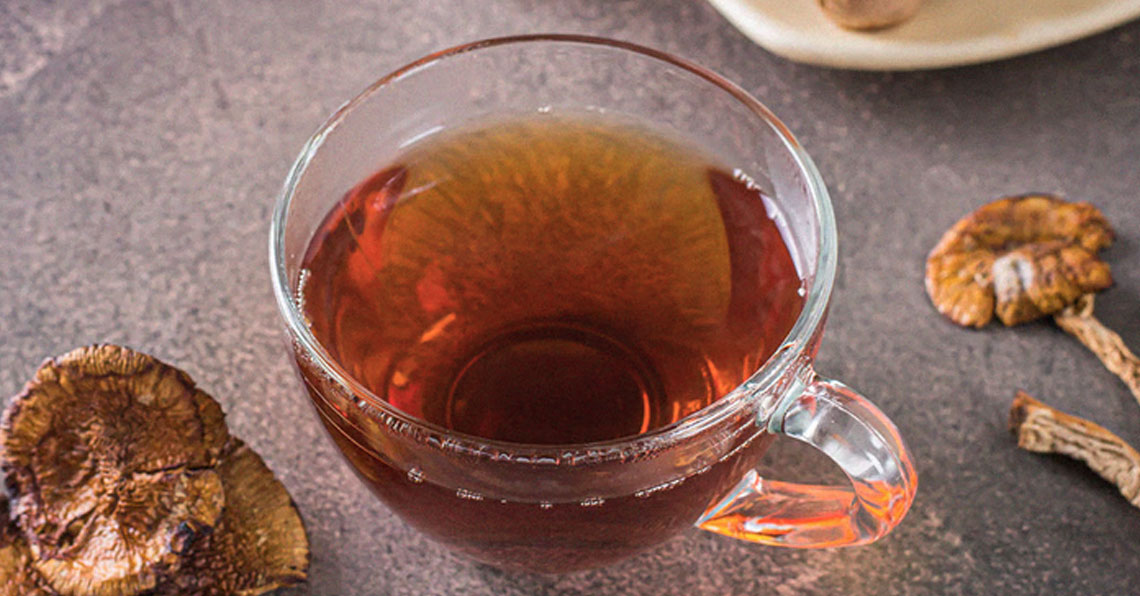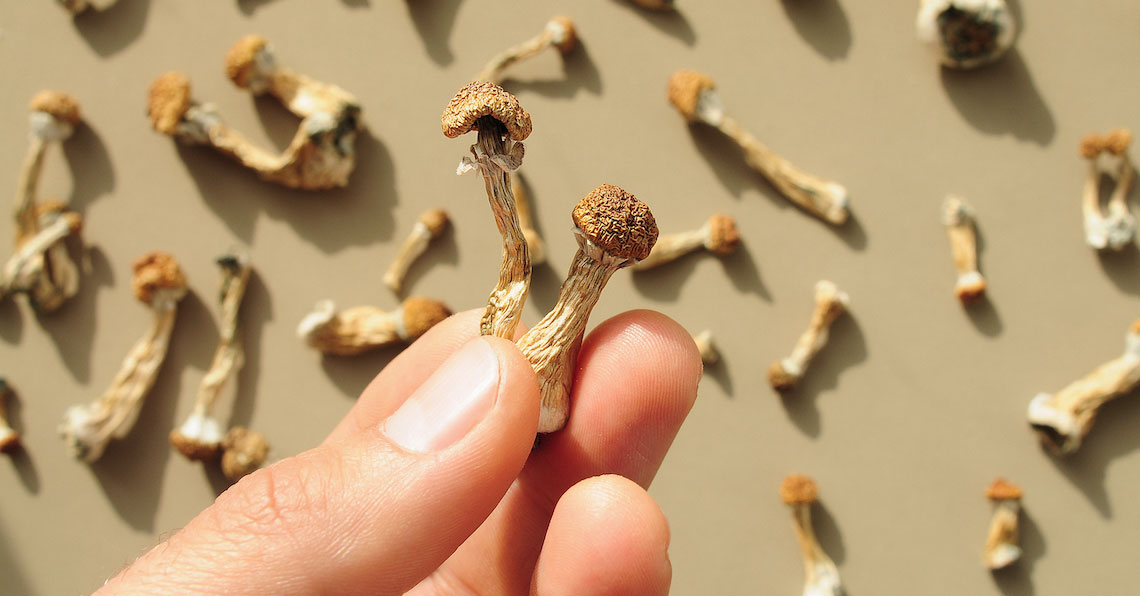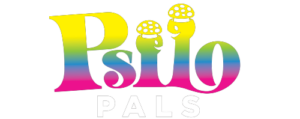Introduction
Alternative and holistic therapies have gained considerable attention as people seek effective and natural approaches to address mental health issues and promote personal growth. One such avenue of exploration involves the use of magic mushrooms for therapeutic purposes. This article delves into the top five ways to consume magic mushrooms for therapy, considering both their potential benefits and the importance of responsible use.
The Science Behind Magic Mushroom Therapy
Magic mushrooms, scientifically known as psilocybin mushrooms, contain a compound called psilocybin. This active compound is responsible for the therapeutic effects associated with magic mushroom consumption. When ingested, psilocybin interacts with receptors in the brain, particularly serotonin receptors, leading to alterations in perception, mood, and cognition. This intriguing mechanism has captured the attention of researchers and mental health professionals, as it shows promise in addressing conditions like depression, anxiety, and post-traumatic stress disorder (PTSD). Recent scientific studies have shown encouraging results, suggesting that controlled and guided magic mushroom experiences could have a positive impact on mental well-being.
Setting the Stage: The Importance of Set and Setting
Before delving into the various methods of consuming magic mushrooms, it’s crucial to understand the role of both “set” and “setting” in influencing the experience. “Set” refers to an individual’s mindset and emotional state, while “setting” refers to the environment in which the experience takes place. Creating a safe, comfortable, and calming setting is essential for a positive magic mushroom journey. This may involve preparing a quiet and cozy space, playing soothing music, and adjusting lighting to promote relaxation. Equally important is having a trusted guide or sitter present to provide support and guidance throughout the experience.

Top 5 Ways to Consume Magic Mushrooms for Therapy
- Traditional Ingestion: One common way to consume magic mushrooms is by eating them in their dried form. Dosage is crucial, and it’s recommended to start with a low amount to gauge personal sensitivity. The effects typically begin gradually and peak within a couple of hours, offering an opportunity for introspection and self-reflection.
- Tea Infusion: Making magic mushroom tea involves steeping the mushrooms in hot water. This method offers a faster onset of effects compared to traditional ingestion, while also reducing the likelihood of experiencing nausea. However, it’s important to avoid using boiling water, as excessive heat could potentially degrade the active compounds.
- Microdosing Regimen: Microdosing involves consuming sub-perceptual doses of magic mushrooms over an extended period. This approach doesn’t induce a full psychedelic experience but rather aims to enhance mood, focus, and creativity. Following a specific schedule and maintaining consistency is key to reaping potential benefits.
- Psychedelic Retreats: For those seeking a more immersive experience, psychedelic retreats offer guided and controlled environments for magic mushroom consumption. Facilitated by experienced professionals, these retreats provide a structured setting to explore the depths of one’s consciousness. Participants often report gaining profound insights and transformative experiences.
- Integration through Ceremony: Some individuals incorporate magic mushroom experiences into therapeutic ceremonies. These ceremonies, often guided by experienced facilitators, provide a sacred and supportive space for self-discovery and personal growth. Integration, or the process of reflecting on and applying the insights gained during the experience to everyday life, is a crucial component of this method.

Differences Between Fresh, Dried, and Stored Mushrooms
Magic mushrooms come in various forms—fresh, dried, and stored—and each form offers distinct characteristics that can impact their potency, storage, and overall experience. Here’s a breakdown of the key differences between these three types:
Fresh Magic Mushrooms:
- High Water Content: Fresh mushrooms have a higher water content, making them pliable and more colorful.
- Mild Effects: The water content can dilute the concentration of active compounds, resulting in a milder psychedelic experience.
- Immediate Experience: The effects of fresh mushrooms are more immediate due to their higher moisture levels.
Dried Magic Mushrooms:
- Reduced Water Content: Drying mushrooms reduces their water content, resulting in a more concentrated form.
- Potent Effects: The reduced water content leads to a higher concentration of active compounds like psilocybin, resulting in more potent effects.
- Longer Shelf Life: Dried mushrooms have a longer shelf life compared to fresh ones, making them easier to store and transport.
- Slower Onset: The effects of dried mushrooms tend to have a slower onset compared to fresh ones.
Stored Magic Mushrooms
- Proper Preservation: Regardless of the form, storing magic mushrooms in a cool, dry, and airtight container is essential to maintain their potency.
- Fresh Mushroom Storage: Fresh mushrooms should be consumed soon after harvesting to prevent the degradation of their active compounds.
- Dried Mushroom Storage: Dried mushrooms can be stored for several months when kept in ideal conditions, preserving their psychoactive properties.
- Protection from Light and Moisture: Both dried and fresh mushrooms should be shielded from light and moisture to prevent mold growth and ensure long-term effectiveness.
Understanding these differences empowers individuals to choose the appropriate form of magic mushrooms for their intended use and to store them properly to ensure a consistent and safe experience.

Potential Risks and Considerations
While magic mushroom therapy shows promise, it’s important to acknowledge potential risks and side effects. Some individuals may experience “bad trips,” which involve feelings of anxiety or fear during the experience. It’s also crucial to screen individuals with a personal or family history of mental health issues, as the psychedelic experience can amplify underlying conditions. Additionally, the legal status of magic mushrooms varies by jurisdiction, so it’s essential to be aware of local laws and regulations.
Conclusion
In the realm of alternative therapies, magic mushrooms have garnered attention for their potential to address mental health concerns and foster personal growth. The top five ways to consume magic mushrooms for therapy include traditional ingestion, tea infusion, microdosing shrooms, psychedelic retreats, and integration ceremonies. Each method offers a unique approach to harnessing the therapeutic benefits of magic mushrooms.
However, it’s important to emphasize that this article is for informational purposes only and should not replace professional medical advice. Consulting qualified healthcare professionals and practicing responsible use are paramount when considering magic mushroom therapy as part of a holistic approach to mental well-being.

Hi! I’m Jacob Hawthorne, a passionate medical student dedicated to exploring the fascinating world of psychedelics, particularly magic mushrooms (commonly known as shrooms). With a deep interest in their therapeutic potential and profound effects on the human mind, I aim to provide accurate and evidence-based information about shrooms in the Canadian context.

